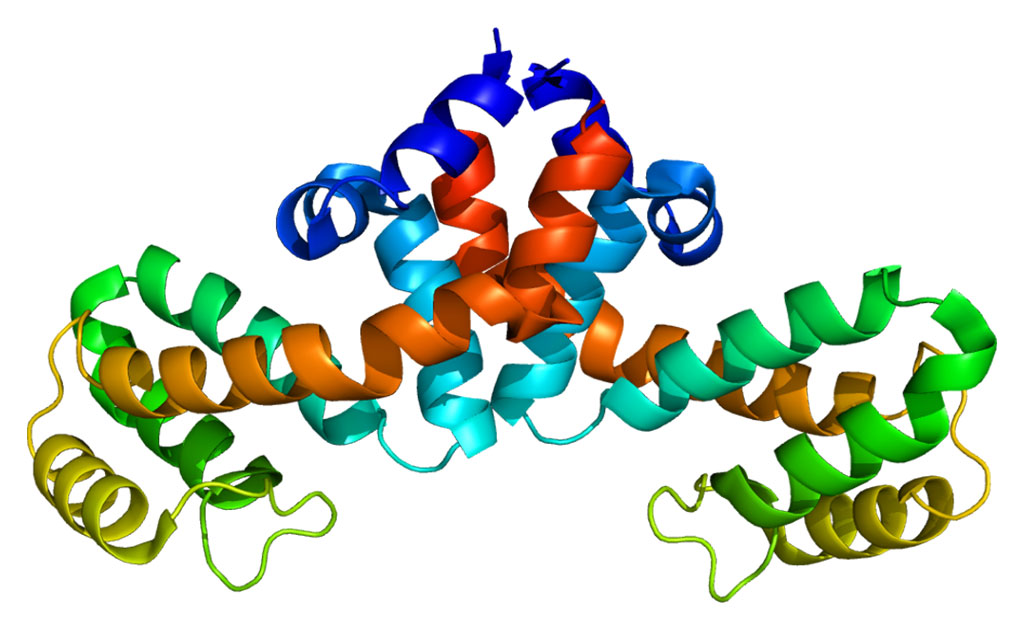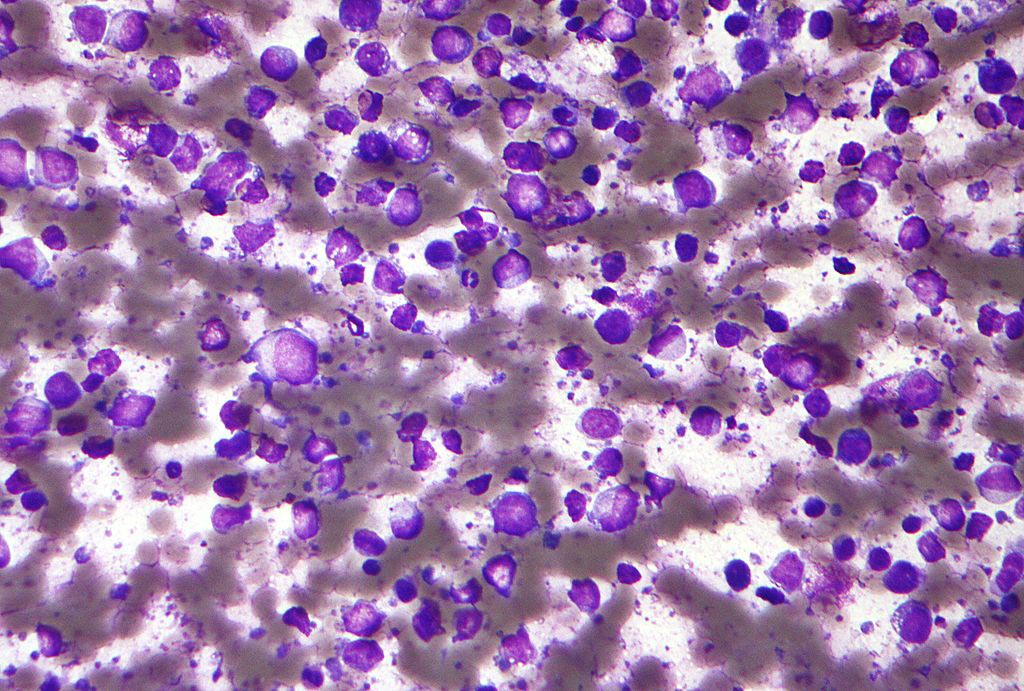RNAi Used to Treat ALS
By Biotechdaily staff writers
Posted on 21 Mar 2005
Scientists have used RNA interference (RNAi) in transgenic mice to silence a mutated gene that causes inherited cases of amytrophic lateral sclerosis (ALS), substantially delaying both the onset and the progression rate of the disease and producing significant neuromuscular improvements. The results were published in the online March 13, 2005, edition of Nature Medicine.Posted on 21 Mar 2005
The scientists, from the Ecole Polytechnique Federale de Lausanne (EPFL, Switzerland; www.epfl.ch), were also able to simultaneously deliver a normal version of the gene to motor neuron cells using a single delivery mechanism. To trigger RNAi and silence a gene, short bits of double-stranded RNA are introduced into the cell, where they bind with matching sections of messenger RNA. The cell identifies the resulting messenger RNA strand as faulty and chops it up. As a result, the genetic blueprint is not delivered and the protein never gets made.
"This is the first proof of principle in the human form of a disease of the nervous system in which you can silence the gene and at the same time produce another normal form of the protein,” remarked Patrick Aebischer, EPFL president and co-author of the study.
The SOD1 mutations are "toxic gain-of-function mutations,” meaning that the protein expressed by the mutated gene has, in addition to all its normal cellular functions, some additional function that makes it toxic to the cell. "Any mutation to the SOD1 gene is fatal to motor neuron cells,” noted Dr. Aebischer. Recent research also indicates that mutant SOD1 gene expression in neighboring glial cells is also implicated in motor neuron death.
Because the normal form of the SOD1 protein may be necessary for the survival or function of adult human motor neurons, the researchers designed a gene replacement technology that allows the knock-down of all mutant SOD1 forms while permitting the expression of a normal type SOD1 protein that is resistant to RNAi-based silencing. Both these effects were expressed long-term via delivery by a single lentiviral vector.
"I would not be surprised to see, in the next ten years, this technology used for treating diseases of the nervous system, particularly diseases that involve toxic gain-of-function, such as the inherited forms of Parkinson's disease or Huntington's disease,” noted Dr. Aebischer.
Related Links:
Ecole Polytechnique













